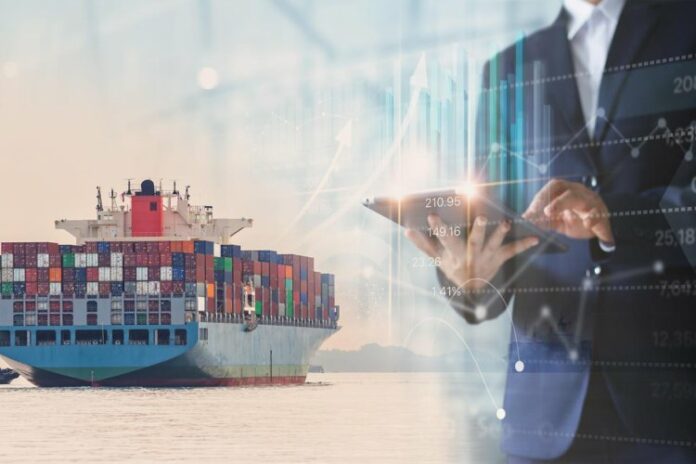Navis, the leading provider of maritime software solutions for efficient and compliant cargo, stowage planning and vessel performance, announced that the MACS3 loading computer has successfully implemented the latest following lashing rules – ABS 2019, BV 2020, DNVGL 2019, and LR 2019 into its software. The successful implementation of the lashing rules clearly demonstrates that MACS3 is the most advanced and progressive loading computer in the world, responding constantly to the needs of the maritime industry.
Lashing plays a key role in the operations and performance of container vessels with many benefits including, enabling containerships to sail out to sea safely when cargo is loaded and preventing vessels and cargo from damage due to heavy weather conditions or inadequate lashing calculations. Despite the benefits, one of the most well-known constraints of lashing is that it significantly reduces a vessel’s potential cargo. Implementing the latest lashing rules in the MACS3 loading computer will help shipping companies maximize their cargo intake while helping ensure greater safety.
Daniel Abt, from DNV GL – Maritime, said:
“We are pleased to be able to certify that the MACS3 loading computer can successfully implement our new StowLash3D-software and software development kit (SDK). StowLash treats each stack of deck containers as an individual 3D finite element model and correctly models non-linearities in the lashing system introduced by lashing rods and twistlocks, as well as geometric nonlinearities in the stack. We have also focused on making the software flexible so it can be easily extended to deal with non-standard container types and other cases that require advanced calculation options. The software has also been verified by full-scale measurements, to optimize container cargo deck stowage at appropriate safety levels.”
Ajay Bharadwaj, Sr. Director Product Management for Navis Carrier and Vessel Solutions, said:
“We are constantly working with classification societies and lash makers to ensure that newer rules are implemented so our market-leading loading computer software performs at its peak. It is important that our product is up to date so our customers can confidently implement it as part of their operations.”
“It is crucial to have a holistic approach to maximizing operational performance and efficiency that is why Navis integrates the latest lashing rules as well as into its following software solutions – StowMan & MACS3 API. “The collaboration between the classification societies, lash makers, and Navis Carrier and Vessel Solutions will help shipping companies ensure that their ships will sail out with maximum safety and efficiency with the holistic Navis approach.”



